HOW an incredible invention, the ‘Living Machine’, can turn sewage into crystal clear water in just four days, writes architect Liam Kellehar

It might seem strange to talk about water recycling after the wettest winter in half a century, but I am afraid it is going to become a bigger and bigger issue.
For the last five years, Andalucia and indeed most of Spain has suffered from a severe and worrying draught that left many regions with water shortages and reservoirs across Andalucia at under 30 per cent full.
While it has just bucketed down for four of the last six months, I am pretty certain that water shortages are soon to return and the issue will get increasingly acute. When I hear talk about sustainability then, I always think that the first word on everybody’s lips should be water.
The person in the street can easily understand water-saving technology.
You can apply it easily to every household and it is therefore a good method of communicating sustainability.
You’ve heard the tips… you can take showers rather than baths and turn off the tap when you scrub your teeth.
And then there are water-saving taps, toilets that use a fraction of the water for flushing and basic rainwater traps for irrigation.
The problem is that without legislation or grants, no one will pay the additional expense to install them.
So assuming we cannot produce more rain, we can do the next best thing; use our water resources more efficiently.
Ultimately a lot of time and money is wasted purifying water to drinking quality and then using it, both domestically and industrially, for processes that could use recycled grey-water.
Grey-water standard can be achieved cheaply and efficiently using a method called ‘bio-remediation’.
I first learnt about bio-remediation while submitting an application for a European housing competition on a polluted site in Amsterdam.
The chemicals from the property’s previous use as a gas works had leached into the soil and were threatening to affect the housing estate to the south.
When my colleague suggested using reed beds to clean the site, I sceptically pointed to the long list of contaminants noted in the brief.
“No Problem!” he told me confidently, and handed over the scientific study of the previous de-contamination of the Ruhr valley in Germany.
Our scheme was simple; mechanical rendering of the worst areas to help bacteria neutralise the contamination, then use an enclosed ‘Living Machine’ for
the second stage of de-contamination.
The Living Machine, as it was called, would also conveniently handle all of the domestic sewage, leaving the water in the inal phase reed beds clean enough for wildlife and nature study groups to use for recreation and washing.
An ingenious invention, a Living Machine is a bio-filter that has been designed to treat black-water, or sewage.
Basically it is a turbo-charged reed bed system, like the ones you sometimes read about for cleaning natural swimming pools, as is the case in the home of Driving Over Lemons writer Chris Stewart.
Sewage water passes through a number of tanks, teeming with live plants, trees, grasses and algae, fish, tiny freshwater shrimps, snails, and a diversity of microorganisms and bacteria.
Each tank is a mini-ecosystem designed to eat and break down waste. And incredibly, the process takes about four days to turn mucky water crystal clear.
It’s chemical free, odour-free, and compared to conventional waste treatment it costs less financially and ecologically.
The Living Machine was designed by Canadian ecologist Dr John Todd and his wife Nancy, who founded Ocean Arks International, a not-for-profit organisation, in 1981. As well as normal residential use it has so far coped with the effluent from industrial contaminants as diverse as chocolate factories and heavy metals from the jewellery industry.
In the end, it was even good enough to drink, although the psychological barriers prevented most people from doing this.
I have been trying to encourage my clients around Andalucia of the benefits of the Living Machine for the last three years. But so far nobody has taken the bait.
This may be due to price as they cost tens of thousands of euros, and for an individual homeowner this is quite pricey.
But what about the developer behind a dozen homes, or a street of ecologically-minded neighbours? The system could be easily incorporated.
A grant could be given as a contribution for the savings made by not using the normal sewage system.
There is hope however, from a British company Biomatrix Water, which estimates that within a year it will be marketing a similar system from as little as 1000 euros per household.
Until then I will have to concentrate on other water re-cycling systems and keep a look out for that Mickey Rooney moment.
Liam Kellehar, BA (Hons) Arch., RIBA, can be contacted at liam@arquitectos.eu.com or on 690 721 141




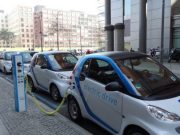


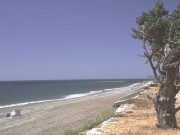


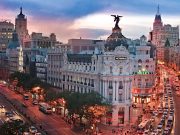
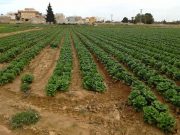


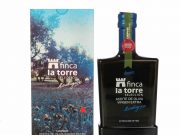
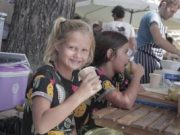
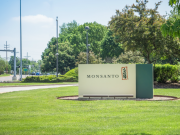



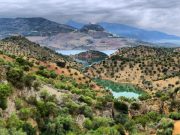

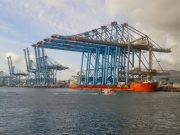

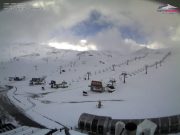

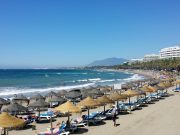
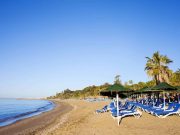
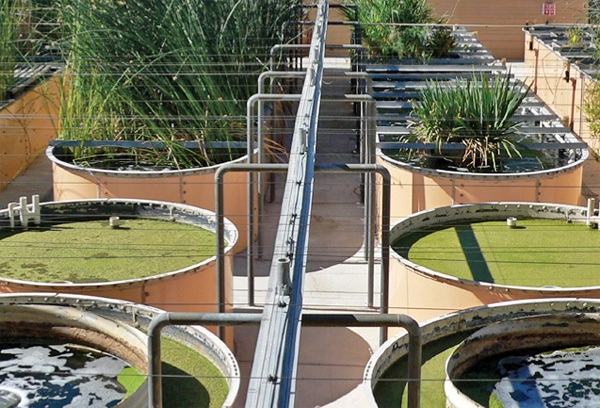

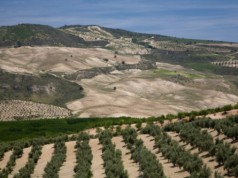
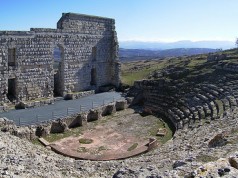





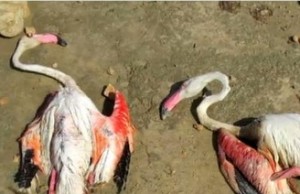
Your system sounds really interesting, I'd love to find out more.
I installed 2 concrete tanks @ 3metres deep by 1.5 metres diameter. The first receives my sewage. A compressor or turbine pumps air from the rotary turbine through a bottom placed diffusor at around 8m3 per hour. The clarified top water is pumped at intervals to the next tank from where it is pumped to irrigation. A computer controls the rates of transfer between the tanks. This treats all water and diverts it to irrigation for trees and plants. With enough capital available, the process can be operated from a photoelectric installation, off grid. Bio-Bubble of England are the gurus for this set up.
I was researching about natural wastewater treatment methods and I Found this site. its great. i wanna know more info please.
thx
sara h
For more information on Bio-Bubble please contact Anita at info@bio-bubble.com
+44 (0) 23 92 200669
We moved to Spain (Malaga region) in 2008 and live on an organic fruit farm. We also have 3 rental properties.
Water preservation was key for us and we researched a number of systems which would allow us to use all grey water from our farmhouse and the rental properties, for irrigation on the farm and gardens.
We opted for Bio-Bubble, who are UK based. We have 3 systems and they are all effortless to use. Every week, I drench the gardens and certain trees with the treated water and my garden, trees and plants love it!
There really isn’t any proper solution for septic tanks in country houses in Spain and the water can be turned off in the summer months, so being able to re-use what we use is an excellent benefit to us.
Bio-Bubble sent everything over to us on a pallet. All we had to do was to build 2 tanks in accordance with the plans. Their engineer then popped over to commission everything. Easy and very little maintenance!